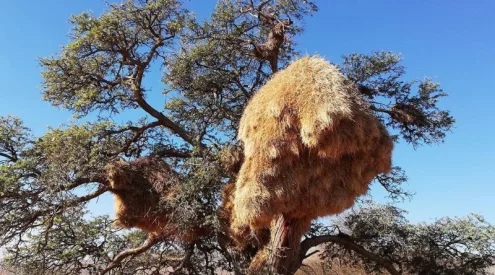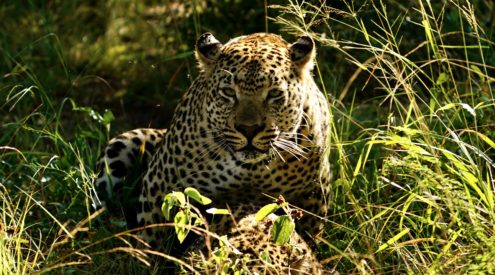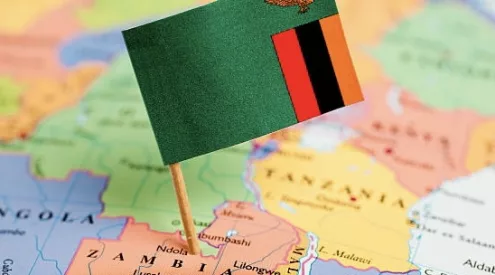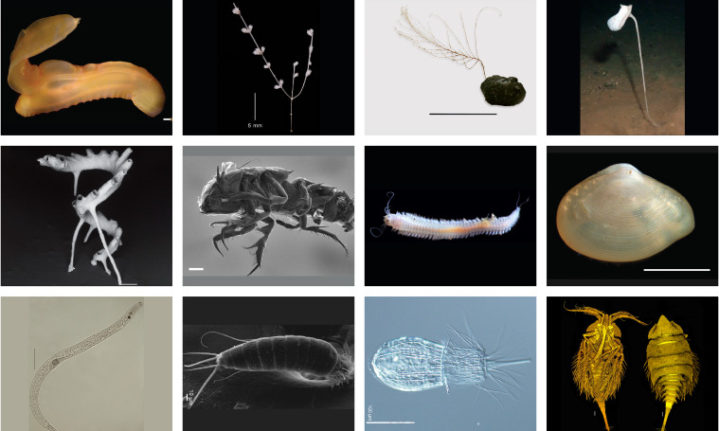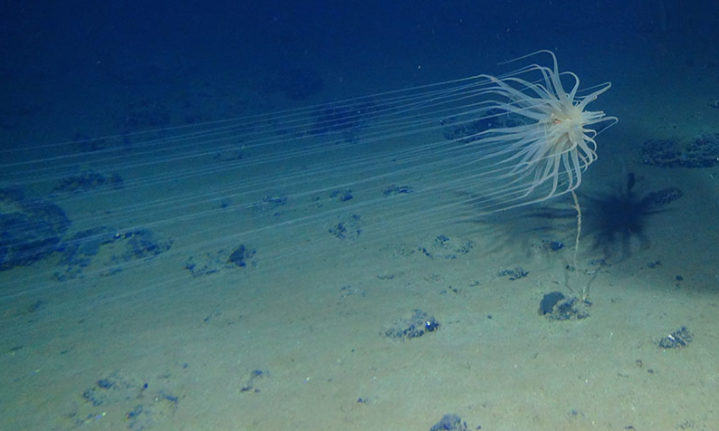A team of researchers have found over 5 000 new species on the seabed of the Clarion-Clipperton Zone (CCZ) in the Pacific Ocean, that companies want to mine for deep sea metals from July.
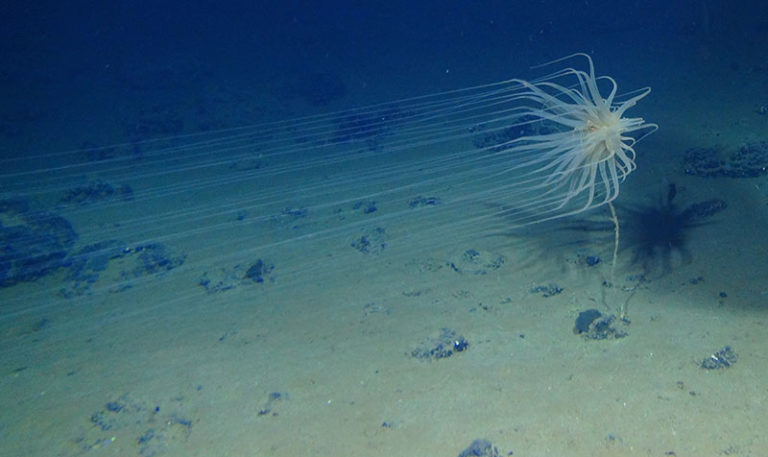
Relicanthus sp. — a new species from a new order of Cnidaria collected at 4,100 meters in the Clarion-Clipperton Fracture Zone (CCZ) that lives on sponge stalks attached to nodules. Picture courtesy of Craig Smith and Diva Amon/ NOAA
Scientists have put together the first stocktake of all the species in the area to measure its risks to biodiversity, compiling the first CCZ checklist in an article in the Journal of Current Biology.
The zone is a 6 million sq km area between Hawaii and Mexico.
The 5 000 species, 92% new to science, are now at risk with 17 deep-sea mining contractors with permits for mining exploration to extract minerals such as manganese, cobalt and nickel for the alternative energy sector, According to the Oceanographic Magazine.
‘We share this planet with all this amazing biodiversity and we have a responsibility to understand it and protect it,’ Muriel Rabone told the Oceanographic, calling the CCZ ‘a wonderfully weird environment’.
‘We need to know what the biodiversity is and what we may lose from any mining impacts’

Images from the study “How Many Metazoan Species Live in the World’s Largest Mineral Exploration Region”/Current Biology
The list of otherworldly animals includes:
- Tiny shrimp-like crustaceans
- Worms
- Corals
- Sponges made of glass
- Red and orange sea cucumbers known as “gummy squirrels and bears”
- Urchins, brittle stars and sea lilies
Follow us on social media for more travel news, inspiration, and guides. You can also tag us to be featured.
TikTok | Instagram | Facebook | Twitter
ALSO READ: Waterberg wanderlust: 5 reasons to visit the Waterberg

